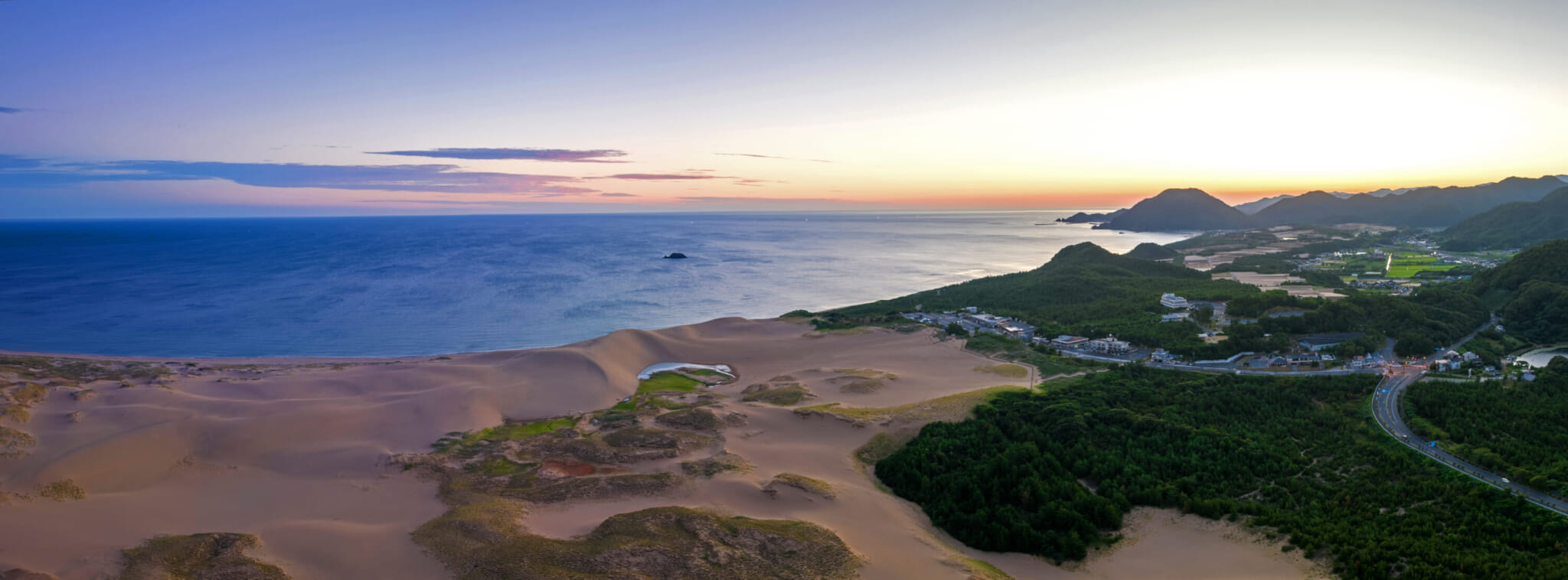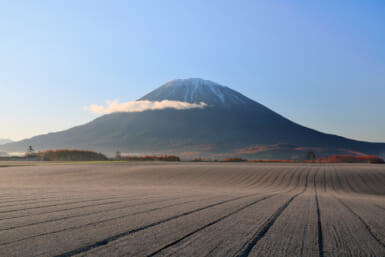The area of Kirinnomachi stretches across the eastern reaches of Tottori Prefecture and into the northwestern part of Hyogo Prefecture. Each of the towns and cities that make up the space is united by one magical legend: that of the kirin, a mythical being that’s honored with the traditional Kirin-jishi Mai dance.
The seven towns that comprise Kirinnomanchi each have their own distinctive characteristics, from camels and sand dunes to bright blue indigo crafts. The region consists of Tottori city and the towns of Iwami, Wakasa, Yazu, Chizu, Shinonsen and Kami. Below, you can find a brief introduction to the unique charms of each of these places.
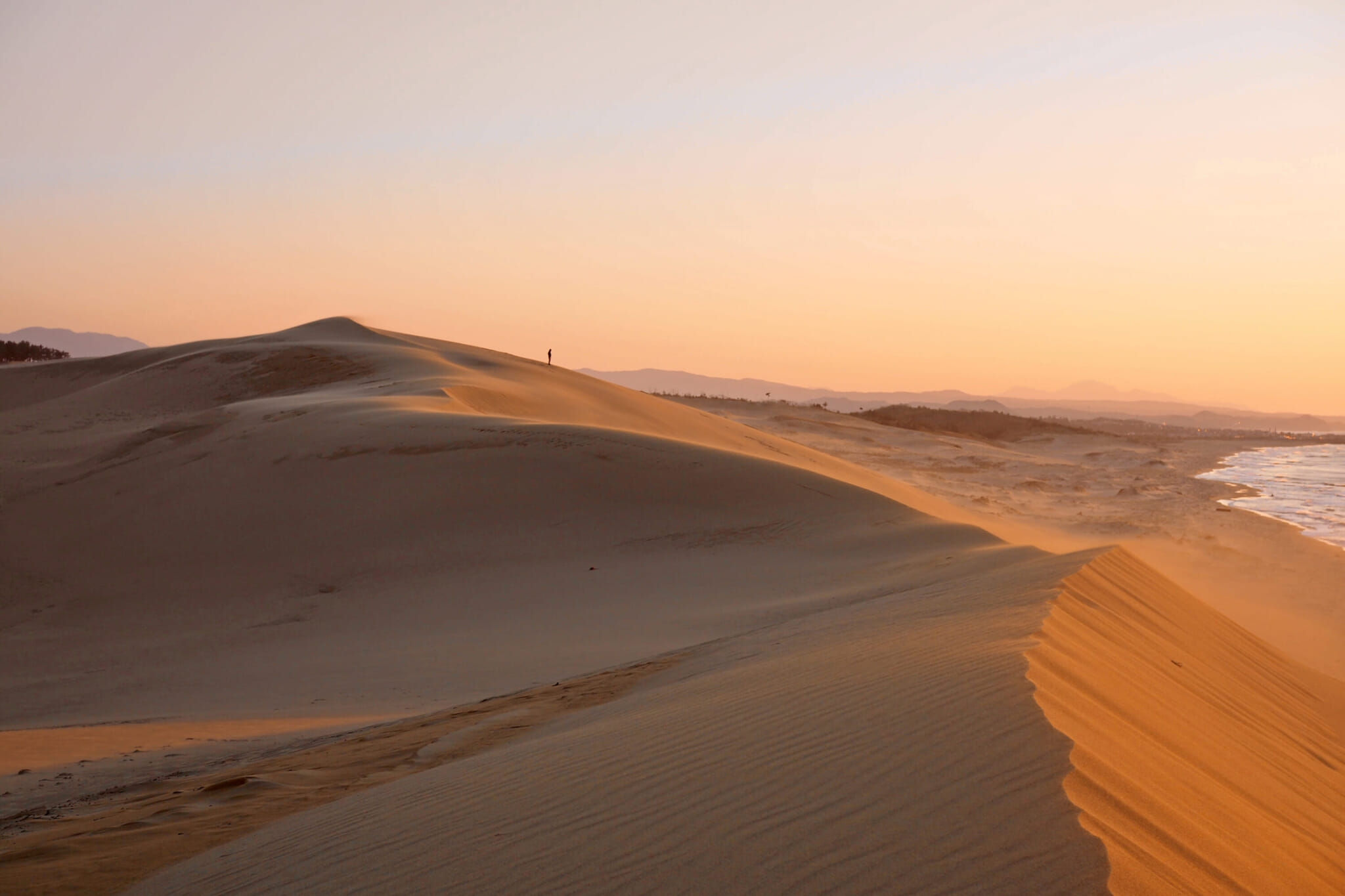
Sand Dune Adventures in Tottori City
The city of Tottori has a surprising claim to fame: Japan’s biggest natural sand dunes. Spanning 30 square kilometers, the Tottori Sand Dunes are designated a national natural monument. The dunes are a living history lesson, shaped by intense winds over 100,000 years and containing layers of volcanic ash. Visitors can enjoy camel rides, sandboarding or even paragliding.
For a more leisurely option, head to the Sakyu Center’s observation deck for panoramic views of the coastline. The Tottori Sand Museum, located on the edge of the dunes, also showcases intricate sand sculptures based on global cultures, celebrating the beauty of sand artistry.
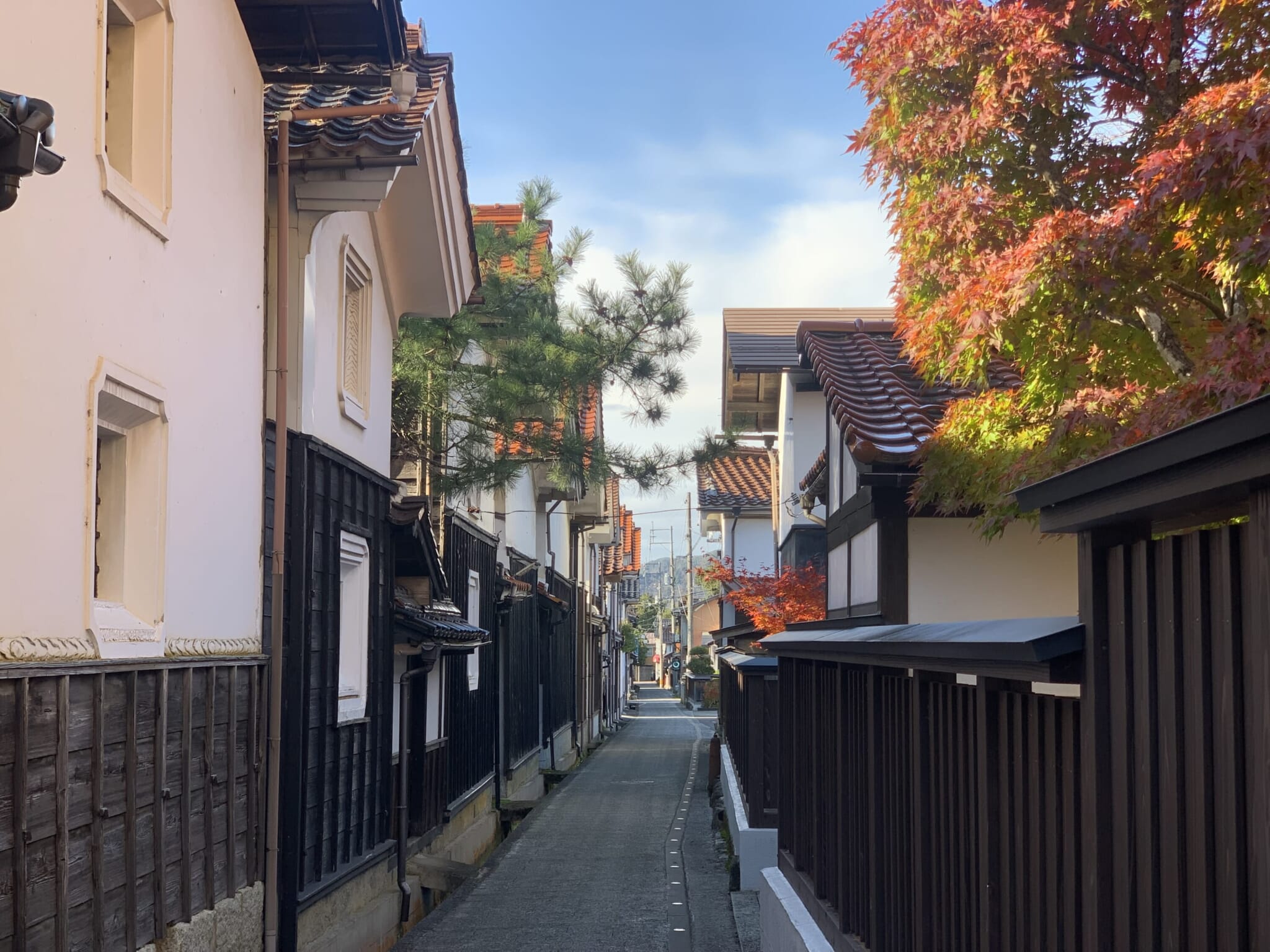
Streetscapes and Retro Toys in Wakasa
Wakasa is renowned for its historical streetscapes. Kura-Dori, or “Storehouse Street,” stretches 300 meters, featuring white-walled merchant storehouses that date back to 1885. Strolling down Storehouse Street provides a glimpse into the town’s commercial past, complete with vintage charm. Nearby, Kariya-Dori features old-fashioned wooden buildings and long-established shops. It’s especially picturesque in winter when its walkways are covered in a blanket of snow.
Head to the Showa Toy Museum on Wakasa’s main street, which now operates as a traditional sweets shop (dagashiya), offering a taste of the past with nostalgic tin toys and candy.
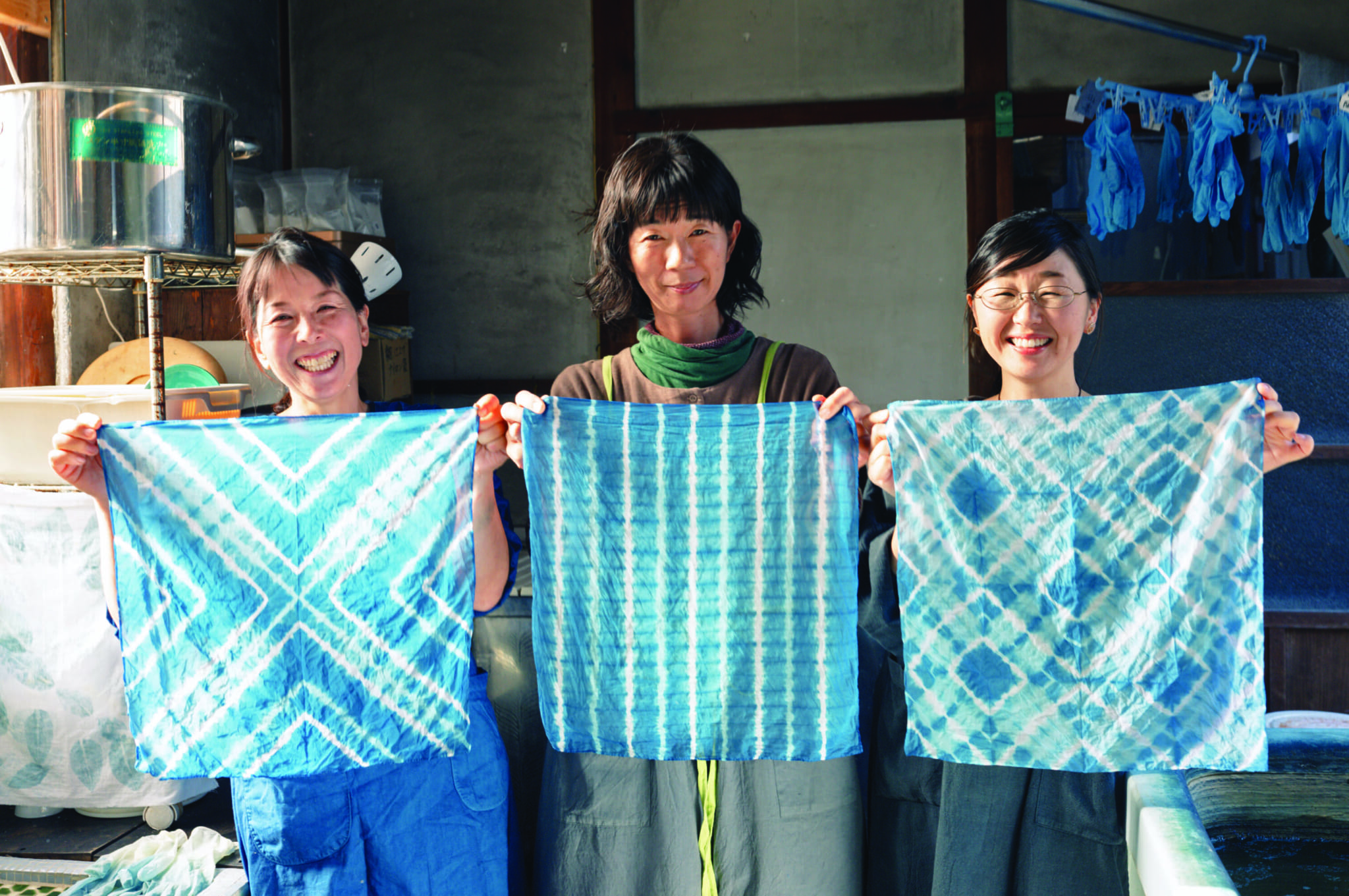
Bright Indigo Crafts in Chizu
In the heavily wooded area of Chizu, you can find Chizu Blue, an indigo dye studio run by local women who use traditional techniques to craft artisanal products like handkerchiefs. Drawing inspiration from the surrounding forests, the studio grows and ferments its own indigo.
Using shibori and itajime techniques, artisans create intricate patterns before dyeing the fabric in deep blue. The history of “Japan Blue” is rich, dating back thousands of years — samurai once wore indigo-dyed armor in a shade called kachiiro, or “winning color,” believed to bring victory. This connection to good fortune continues today, with kachiiro often used in competitive sports for luck and success.
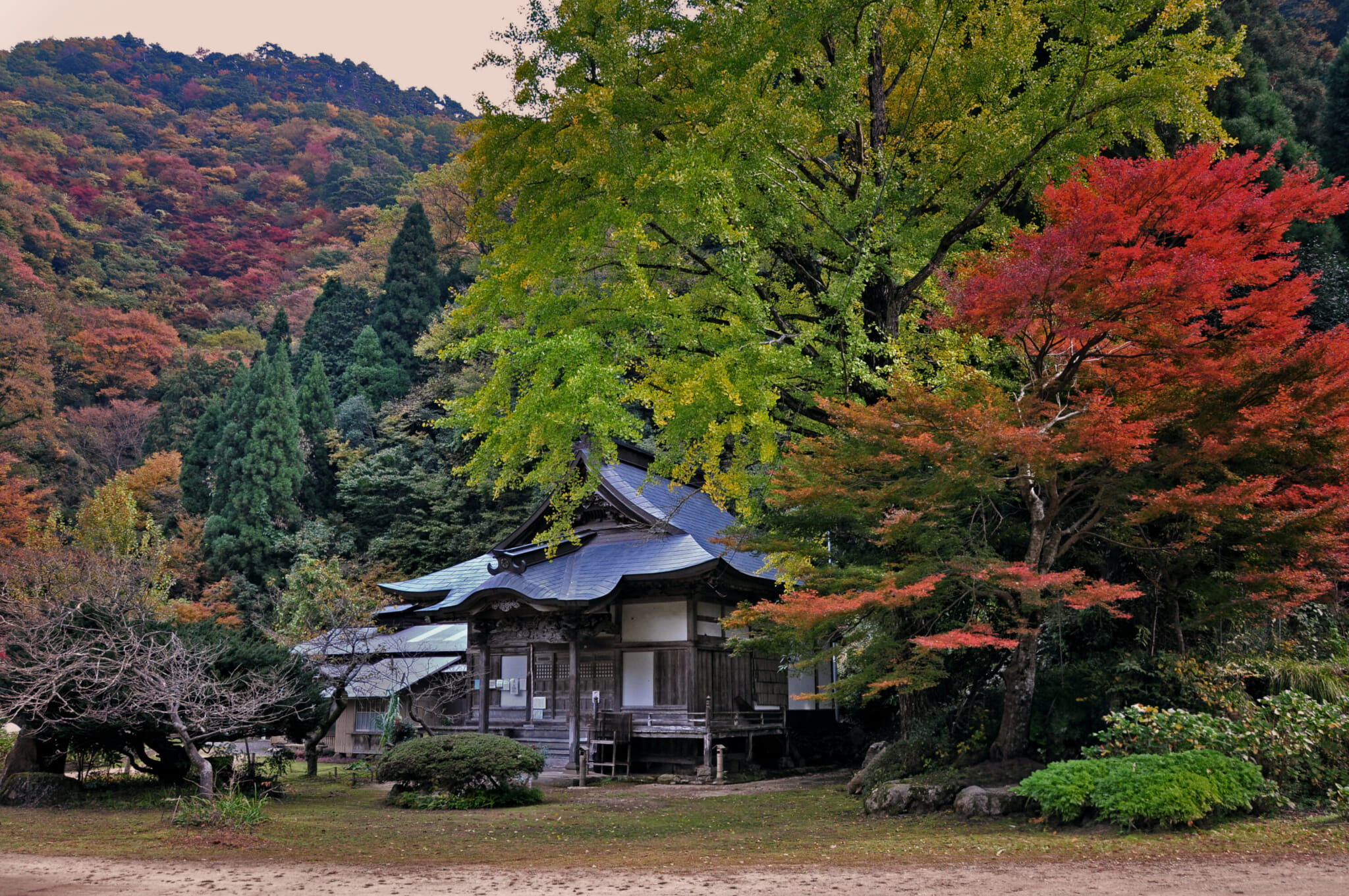
Enchanting Stays in Yazu
The scenic town of Yazu, once a famed stop-over point for daimyo lords traveling to and from the capital, offers two extra-special accommodation experiences: Koutakuji Temple and Ooe Valley Stay.
Guests who opt to stay at Koutakuji Temple can enjoy an unforgettable spiritual experience with monks. The temple allows visitors to participate in Buddhist practices like sutra copying and mindfulness meditation in an intimate setting — it caps participants at one group per day.
Ooe Valley Stay, a former school, is a peaceful retreat surrounded by mountains, with a focus on immersing oneself in the natural world. None of the rooms have distracting devices like televisions, which encourages guests to disconnect and engage with nature through activities like bouldering and campfires.
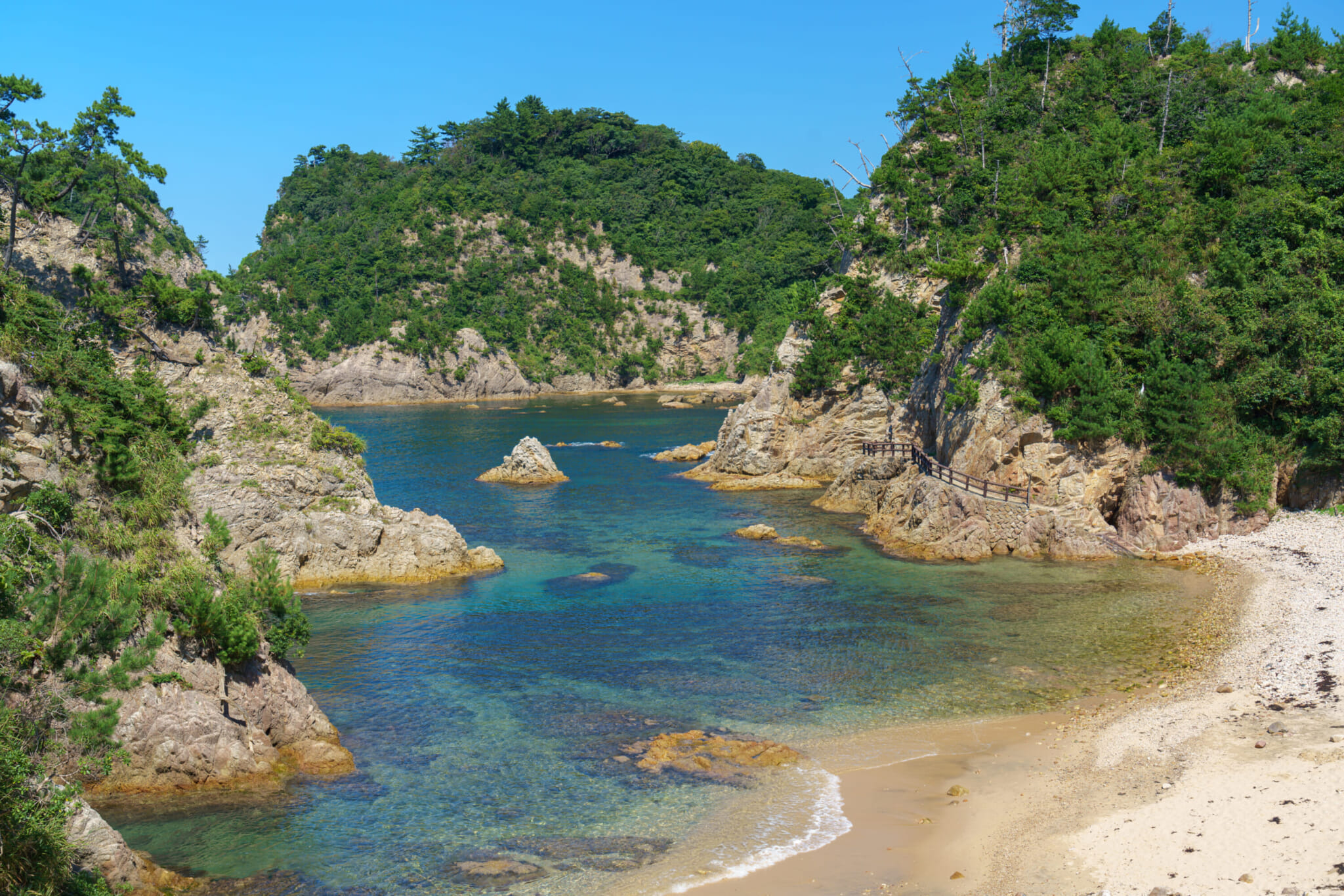
Stunning Scenery and Coastal Walks in Iwami
Uradome Beach in Iwami is a must-visit part of the San’in Kaigan Geopark. It’s known for its dramatic sea walls, caves and jagged rocks formed by marine erosion, which contrast beautifully with its calm, clear waters and white sandy beaches. These beaches are perfect for swimming, snorkeling and kayaking, offering both adventure and tranquility.
Miyu Shrine, founded around 811, is a culturally significant site near Iwai Onsen, one of San’in’s oldest hot spring resorts. The shrine is regarded as the guardian deity of the hot springs, attracting visitors seeking blessings for wellness and relaxation.
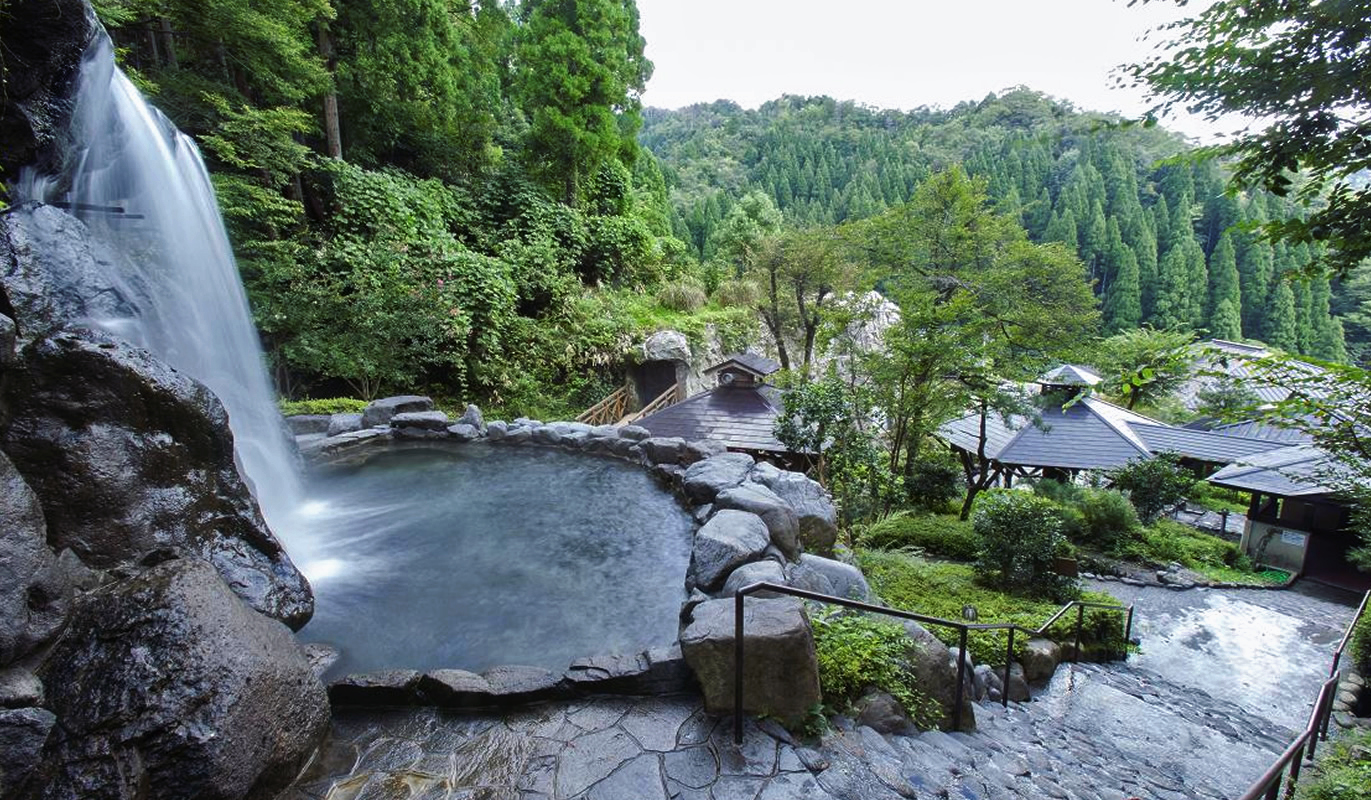
Delightful Onsen Options in Shinonsen
Shinonsen is famous for its hot springs, including Hamasaka Onsen, Shichikama Onsen and Yumura Onsen. Hamasaka Onsen is located in the midst of natural vistas, cocooned by mountains, rivers and the sea, and Shichikama Onsen, discovered in a rice field in 1955, features open-air baths at Yuraku-kan. Yumura Onsen is famed as one of the hottest in Japan, with a hot spring called Arayu that surges from the earth at a stunning 98 degrees Celsius.
In Yumura, locals cook eggs and vegetables in the hot spring waters, in a custom known locally as yugaki. Visitors, too, can enjoy hot spring-cooked foods, like eggs, wild mountain herbs and tea.
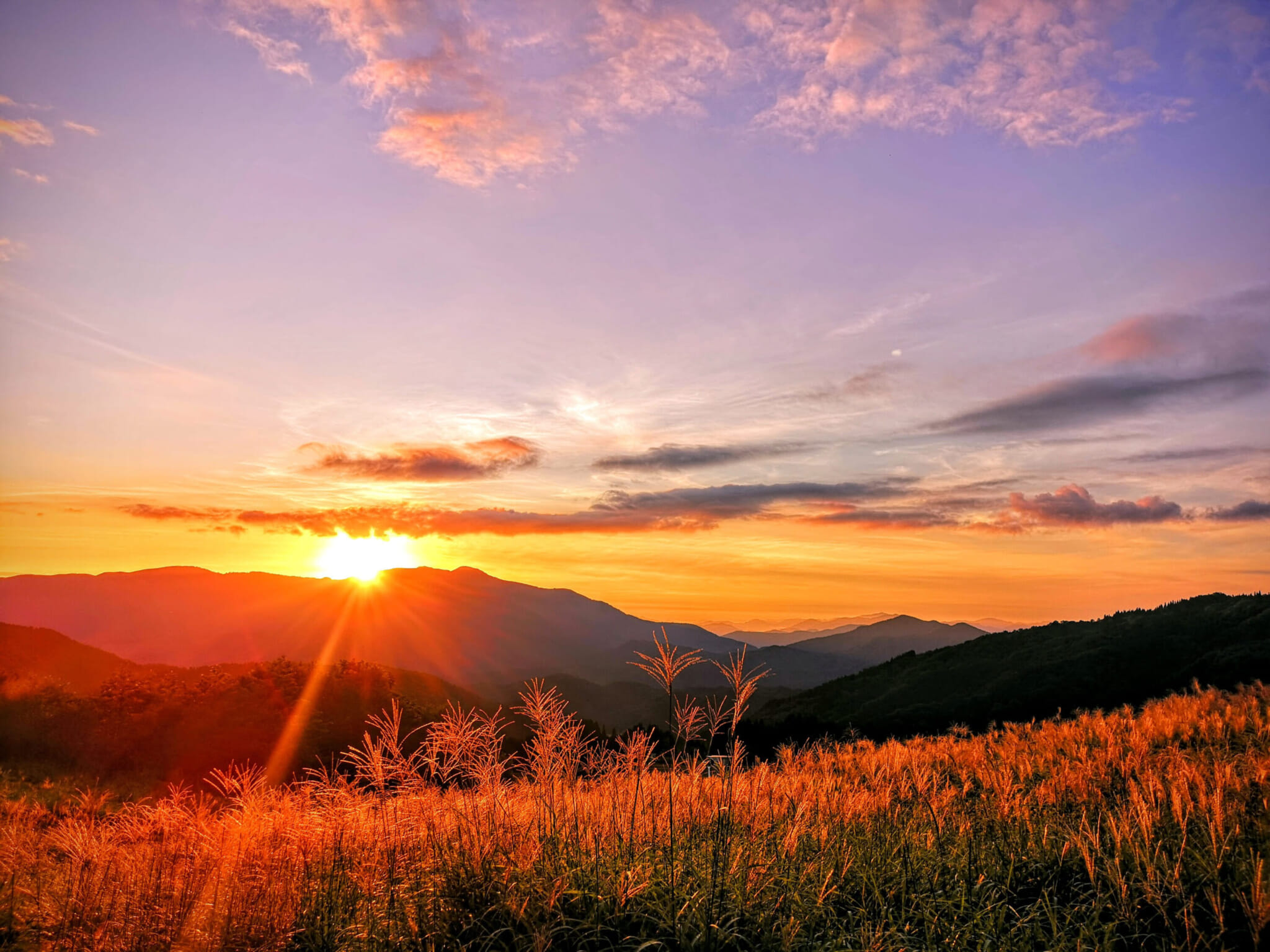
Highlands and Gardens in Kami
Nature lovers and budding adventurers will love Hachikita Highlands in the town of Kami, located on Mount Hachibuse’s northern flank. In spring and summer, visitors can camp, hike, fish or try paragliding and tree-climbing, while fall transforms the highlands into a vibrant palette of colors. Come winter, Hachikita’s ski resort boasts a famous 4-kilometer run and offers snowshoeing, cross-country skiing and traditional snow domes.
The Tajima Plateau Botanical Gardens, too, provide a stunning natural vista, with approximately 2,000 different species of plants and flowers. They’re the site of an ancient katsura tree, which is said to be over 1,000 years old, as well as the famed Katsura-no-Sennensui (Thousand-Year Water), a natural spring that produces 5,000 tons of crystal-clear water per day.
Learn More About Kirinnomachi
If this has piqued your interest, check out our full Kirinnomachi brochure, a comprehensive travel guide that provides a deeper look at the region.

